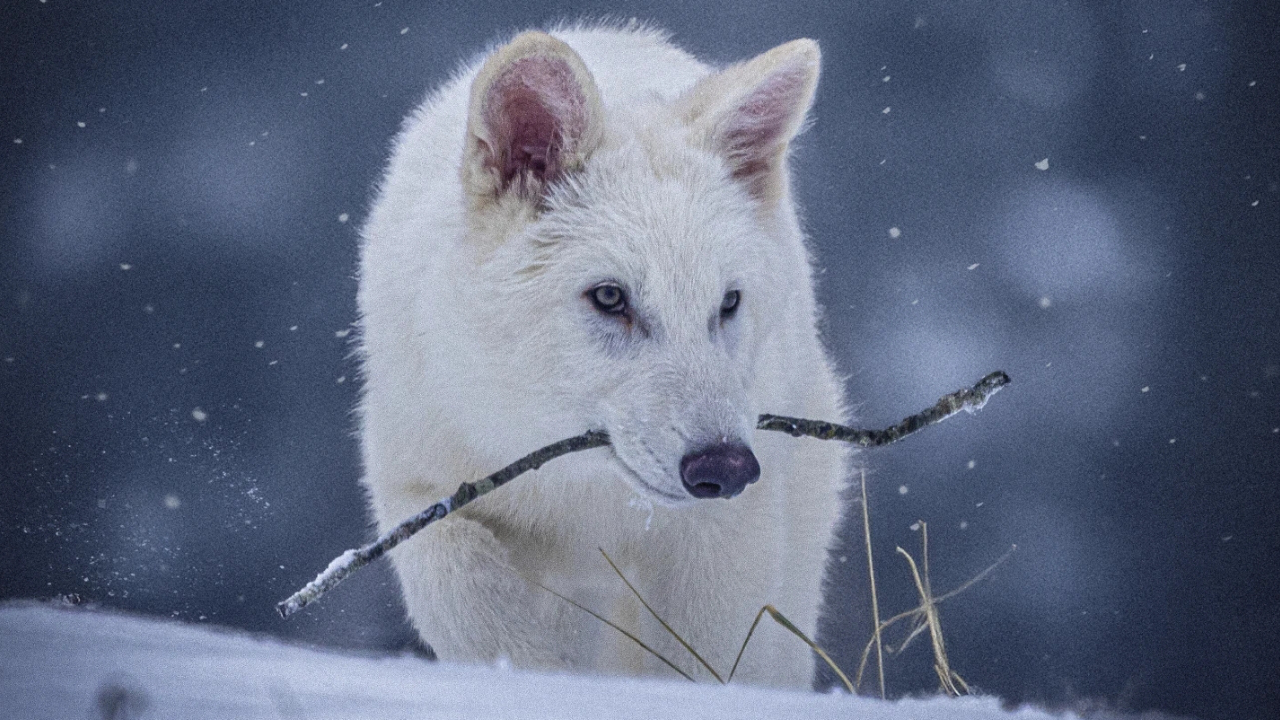Scientists create wolves that mimic dire wolves
Three genetically engineered wolves that may bear a resemblance to extinct dire wolves are currently trotting, sleeping, and howling at an undisclosed secure location in the U.S., as reported by a company focused on reviving lost species. The...

The wolf pups, aged between three and six months, have long white fur, powerful jaws, and already weigh approximately 80 pounds, with projections suggesting they will reach 140 pounds at maturity, according to researchers at Colossal Biosciences.
Dire wolves, which became extinct over 10,000 years ago, are notably larger than gray wolves, their closest living relatives.
Experts not affiliated with the project conveyed that this initiative does not indicate the imminent return of dire wolves to North American grasslands.
"All you can do now is make something look superficially like something else," not fully revive extinct species, commented Vincent Lynch, a biologist at the University at Buffalo who did not participate in the research.
Colossal scientists gleaned insights into the specific traits of dire wolves by analyzing ancient DNA extracted from fossils. They focused on a 13,000-year-old dire wolf tooth found in Ohio and a 72,000-year-old skull fragment discovered in Idaho, both sourced from natural history museum collections.
Subsequently, the scientists extracted blood cells from a living gray wolf and employed CRISPR, a gene-editing technology, to modify these cells at 20 different sites, explained Colossal's chief scientist, Beth Shapiro. The modified genetic material was then transferred to an egg cell from a domestic dog. Once ready, embryos were implanted into domestic dog surrogates, and the genetically engineered pups were born 62 days later.
Colossal has previously announced comparable projects aimed at genetically altering cells from living species to create animals that resemble extinct species such as woolly mammoths and dodos.
While the pups may have physical attributes similar to young dire wolves, "what they will probably never learn is the finishing move of how to kill a giant elk or a big deer," since they won’t have the chance to observe and learn from wild dire wolf parents, stated Matt James, Colossal's chief animal care expert.
Additionally, Colossal disclosed that it had cloned four red wolves using blood collected from wild wolves in the critically endangered red wolf population of the southeastern U.S. This initiative aims to introduce more genetic diversity into the small captive red wolf population, which scientists are utilizing to breed and help conserve the species.
This technology could have wider implications for the conservation of other species due to its less invasive nature compared to other cloning techniques, noted Christopher Preston, a wildlife expert at the University of Montana who was not part of the research. However, he pointed out that it still requires the sedation of a wild wolf to obtain blood, which is a challenging procedure.
Colossal CEO Ben Lamm mentioned that the team engaged with officials from the U.S. Interior Department in late March regarding the project. Interior Secretary Doug Burgum described the work on X as a "thrilling new era of scientific wonder," though outside scientists cautioned about the challenges of restoring the past.
"Whatever ecological function the dire wolf performed before it went extinct, it can't perform those functions" in today’s existing landscapes, emphasized Buffalo’s Lynch.
Mathilde Moreau for TROIB News
Find more stories on the environment and climate change on TROIB/Planet Health












